A guide to visiting Ronda, Spain
In my opinion no visit to the Andalusia region of Spain is complete without seeing one of the ‘pueblos blancos’ or white towns. If there is one town that I would recommend above all else, it would have to the ancient town of Ronda. Ronda is in fact one of the oldest towns in all of Spain and, for me, one of the most fascinating. This whitewashed town is uniquely positioned high up in the Serranía de Ronda mountains, straddling the dramatic El Tajo gorge and Guadalevin river. Ronda is most famous for the ‘Puente Neuvo’, an impressive bridge built in the 18th century and inspiration to many authors and poets, including Ernest Hemingway and Orson Welles.
What I love most about Ronda is that it is a great reflection of the heritage and culture of Spain. Ronda is famous throughout Spain as being the birthplace of modern bullfighting i.e. on foot as opposed to on horseback, and the bullring is said to be the oldest in all of Spain. There are also several monuments dating back to the Moorish occupation of Spain to be found in Ronda. You will feel history all around you as you meander through the beautiful historic quarter on one side of the bridge, with enchanting cobbled streets, charming patios and a relaxing atmosphere. On the other side of the bridge in the new town area, there is an exciting, bustling vibe where you can enjoy the town’s best cuisine in its many tapas bars, bodegas, cafes and restaurants.
My name is Emily and I have lived in the Andalusia region of Spain for over two years. I’ve been lucky to visit Ronda many times and I am confident my guide will help you to plan your own visit. Get ready as we dive into the very best of what Ronda has to offer!
This post may contain affiliate links, which means I earn a small commission (at no cost to you) if you click or choose to purchase from them. This is your way of supporting me so I can continue to offer these guides at no charge.
How to get to Ronda
Situated 63 miles from Malaga, 79 miles from Sevilla and just 40 miles from Marbella, Ronda makes for the perfect day trip if you are spending time in any of these Andalusian cities. If you do not have access to a car, I would recommend booking a day trip to Ronda with GetYourGuide. Group tours are a great way to meet people as a solo traveller and they also take the pressure off planning. Everything is organised for you and you will gain insight into Ronda’s history and culture from a knowledgable tour guide. Usually you get to enjoy a few hours free time on a GetYourGuide tour too.
If you do however decide to drive, I would recommend parking outside of the town where you can often find free street parking. I usually park for free along Calle Marbella and start exploring Ronda from the edge of the charming historic quarter through the old Moorish city walls. Top tip: Arrive in Ronda early to give yourself the best chance of finding a free parking spot, especially in high season.
Top places to see in Ronda
Puente Neuvo Bridge
An absolute must see landmark, this famous 18th century bridge is what Ronda is best known for. Towering nearly 100m over the River Guadalevin, this impressive feat of engineering always leaves me in awe every time I visit Ronda. From the top you can take in spectacular views of the surrounding Serranía de Ronda mountains and marvel at the towns positioning across the El Tajo gorge. Fun fact: ‘Puente Neuvo’ translates as ‘New Bridge’, but it is actually reasonably new considering Ronda’s history. There is in fact an older bridge on the outskirts of the historic quarter which is much smaller in comparison. The new bridge was built to better connect the old town with the new in the 18th century, and is now known as the central point of Ronda.
Walk the El Tajo gorge
Enjoy incredible views of the Puente Neuvo bridge from below with the newly opened route that allows visitors get right up close safely to its base. It is advised to pre-book to guarantee yourself access when visiting and general admission is €5 per person book here. Access to this new route can be found off the Plaza de Maria Auxiliadora in the old historic quarter. There is also a car park nearby the base if you plan drive to Ronda and are not keen to make the decent on foot. You can still enjoy a closer look at the bridge from below for free. I would highly recommend wearing suitable hiking shoes if you plan to get up close to the Guadelevin river away from the new path. It is a challenging hike down to the base and the make shift paths here are not paved. But the views up close are extremely impressive and well worth the effort!
Casa del Moro Rey
Enjoy one of the finest examples of Moorish engineering in all of Spain in the form of a ancient water mine within the rock face of the El Tajo gorge. Here you will make a 60 metre descent through the mine’s passageways leading to the River Guadalevin, with some of the most impressive views of the gorge from below. You can also enjoy a swim in the crystal clear waters here, a truly unique experience surrounded by the most beautiful views of the El Tajo gorge. The Casa del Moro Rey is also home to an 18th century mansion (currently under construction) and beautiful landscaped gardens filled with peacocks, as well as impressive views of the surrounding Serranía de Ronda mountains. Entry to visit is €10 and includes audio guide that delves into the history of the mine. You can pre-book online or buy a ticket on the day.
Baños Arabes
Step back in time at Rondas Arab Baths, known in Spanish as “Baños Arabes.” This thermal building dates back to the Moorish occupation of Spain and it is the best conserved of its kind at the whole Iberian Peninsula. Dating back to the 13th century, the baths contain three rooms that are typical of its style with a cold, warm and hot room. The warm room is the largest, with impressive ancient brick arches and star shaped skylights covering the ceiling. If you love your history, this is a site not to be missed. Entry is €3.50 per person or free on Tuesdays from 3pm to 5:30pm.
Church of Santa María la Mayor
Within the Plaza Duquesa de Parcent, a beautiful square lined with orange trees within the historic quarter, you will find the Church of Santa María la Mayor, one of the most important monuments in all of Ronda. The original site is believed to date back to the 5th century and it would later be transformed into the main mosque of the Medina during the Moorish occupation of Spain. The Mirhab arch and a piece of its wall still remain within the church, along with the bell tower from the same era. When the Catholics conquered Spain, the mosque was ordered to be converted into a Catholic temple. The building is truly beautiful both from the inside and out. Admission is just €4.50 per person and includes an audioguide.
Plaza de Toros
Even if you are not a fan of bullfighting, I’d highly recommend a visit to what is meant to be Spain’s oldest bullring dating back to 1785. Located on the newer side of the bridge, the bullring is in fact a national heritage site and here you will find a museum where you can learn all about the history of the site. Within the grounds there is also a riding school where you can enjoy watching students practice dressage. The Plaza de Toros is open daily and costs €9 per person or €11 with the addition of an audio guide. Top tip: Want to enjoy a drink with a view overlooking the bullring and the beautiful surrounding countryside? Head over to the roof top terrace of the nearby Hotel Catalonia Ronda. You won’t regret it!
Alameda Del Tajo and Mirador de Ronda
Next to the Plaza de Toros you will find the beautiful Alameda Del Tajo botanical gardens. Here you will enjoy the most incredible views of the El Tajo gorge and the surrounding Serranía de Ronda mountains from the many balconies. The park has many varieties of plants and trees, along with fountains and a traditional bandstand. Here you will also find two paseos or walkways named in tribute to Ernest Hemingway and Orson Welles. It is within the pages of Hemingway’s novel ‘Whom the Bell Tolls’ where he describes the murder of loyalists in the Spanish Civil War by being thrown from the cliffs of El Tajo by Franco's forces. Orson Welles is known to have fallen in love with Ronda during a visit whilst filming in Andalusia in the 1950s, and would later buy a house there. His ashes were also scattered in the outskirts of the town. Today you can follow the Orson Welles trail, a self-guided tour that takes you to some of the locations he often visited along with his former home.
Best of the rest
Best places to eat in Ronda - you will find the best cuisine that Ronda has to offer within the new side of town. I would recommend avoiding the historic quarter to eat as it is often more expensive (not only based on experience but I have been told this by local guides and by the wife of a relative who is originally from Ronda). If you want authentic traditional Spanish cuisine, I would highly recommend Bodega Casa Mateos where you can also enjoy traditional wines from Jerez. Bodega Las Caballerías near Ronda train station also serves great tapas.
Best places to stay in Ronda - there are a great selection of hotels, hostels and apartments to enjoy in Ronda to suit every budget. I always use Booking.com to find the best accommodation and right now they have a 15% off their Late Escape Deals when you book before 7th January 2026 CLICK HERE
Best day trips from Ronda - if you plan to spend a little more time in the area, I would highly recommend a visit to the nearby white village of Setenil de las Bodegas. Here you will find cave houses built directly underneath the boulders of a deep canyon. You can find out more with my blog post ‘A guide to visiting Setenil de las Bodegas’.
Thank you for reading my guide to visiting the beautiful town of Ronda. I hope it has inspired you to give this fascinating place a visit during your trip to Andalusia. I’d love to know what you think in the comments!

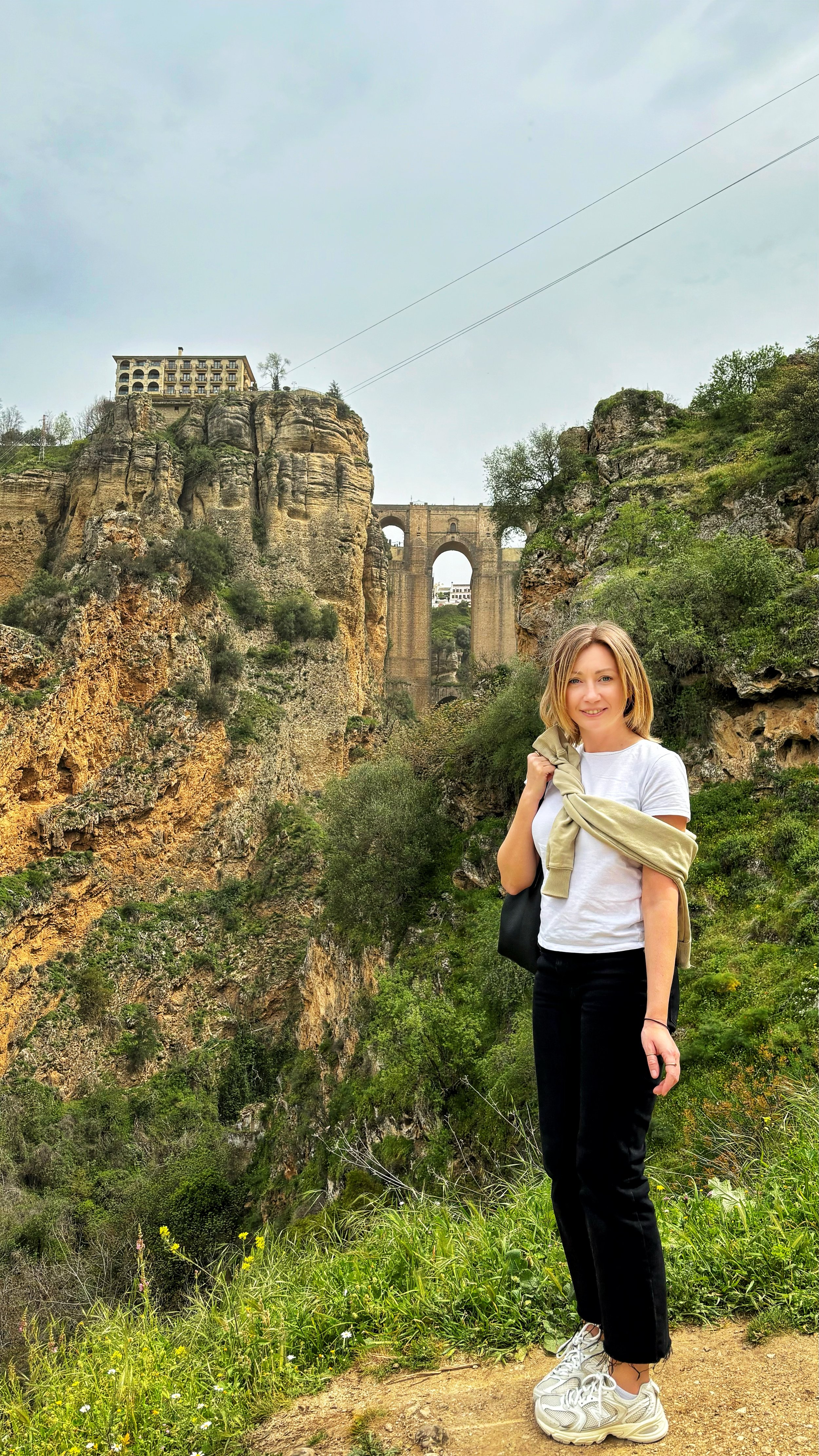
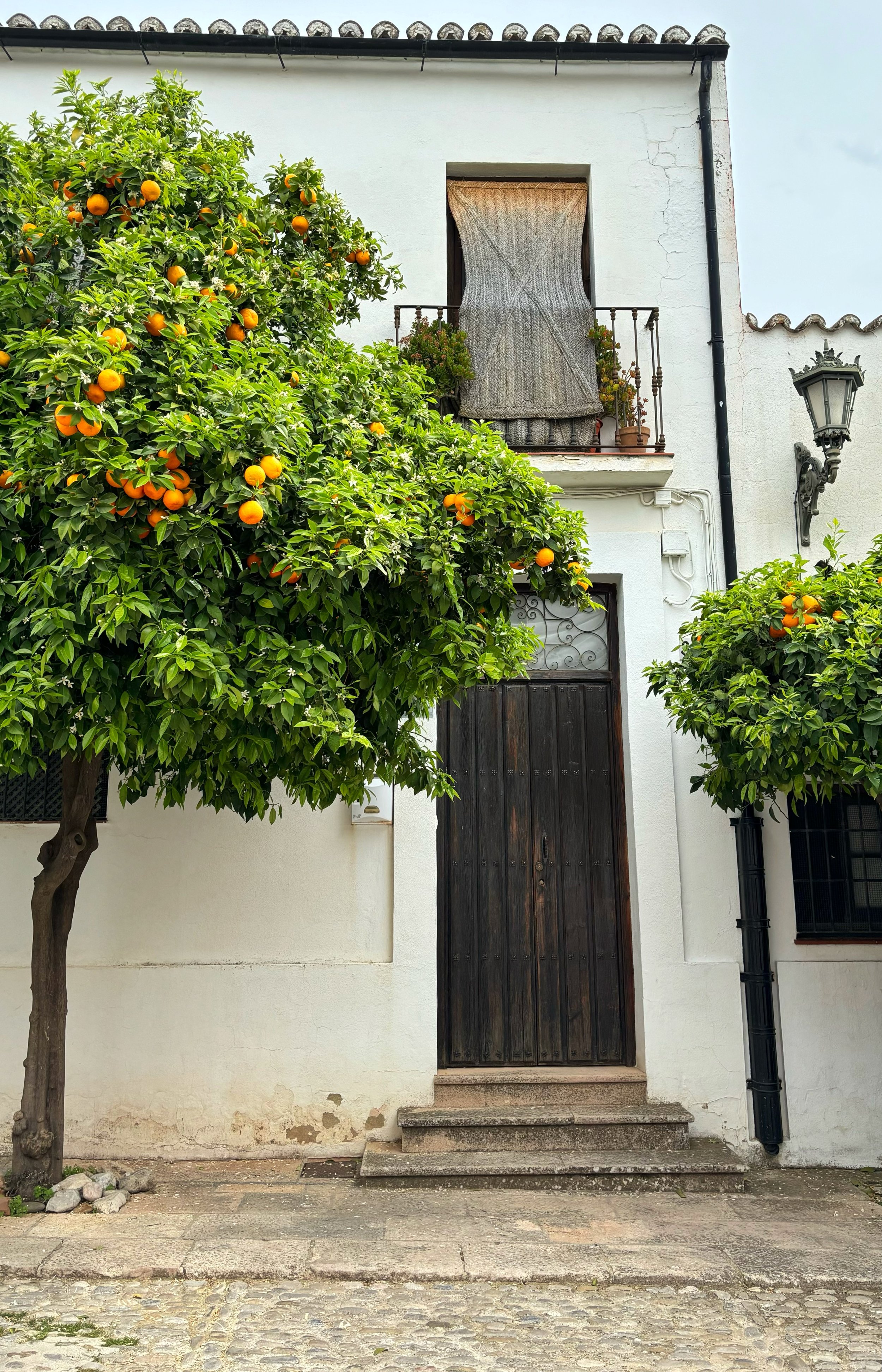
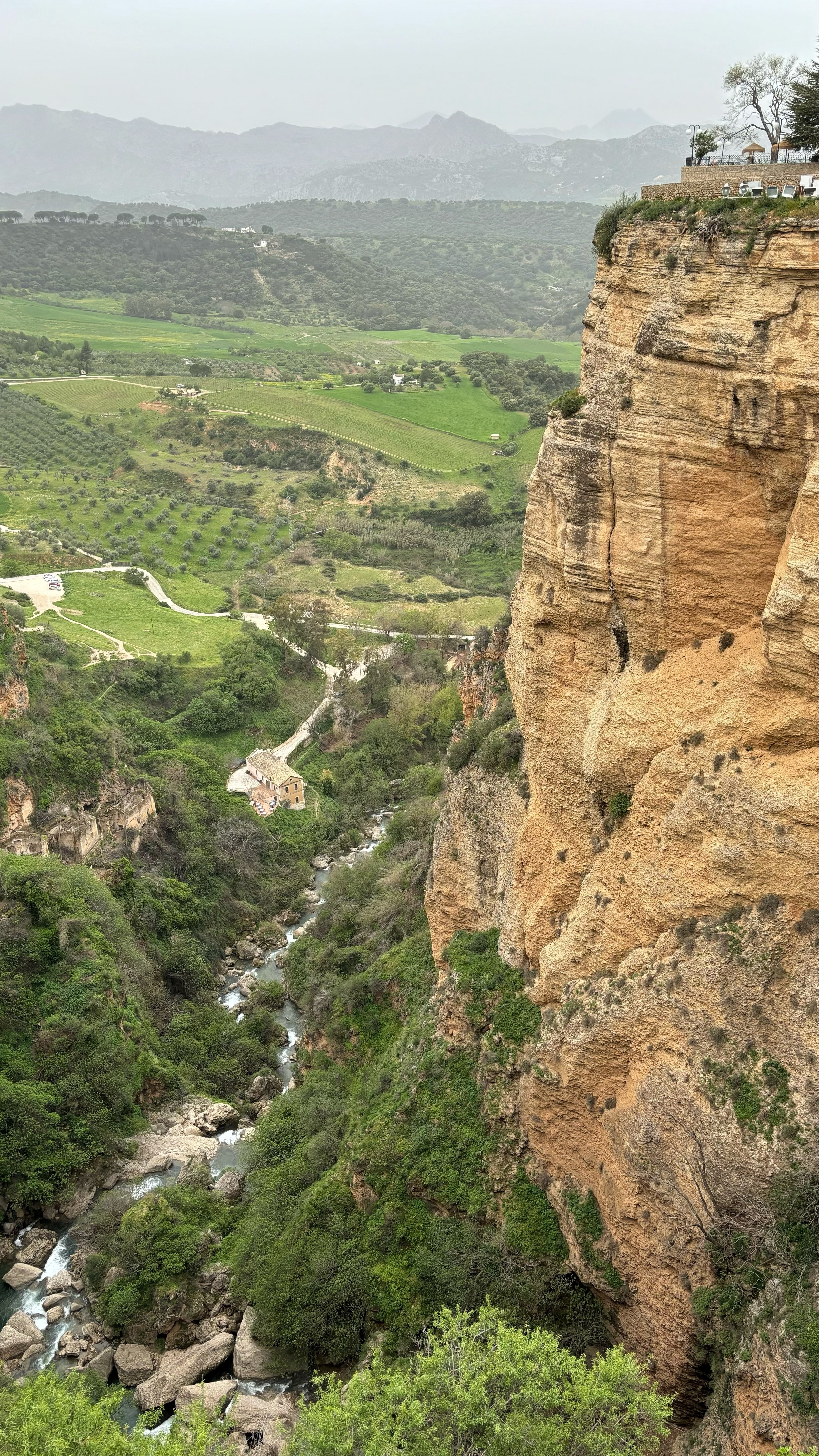

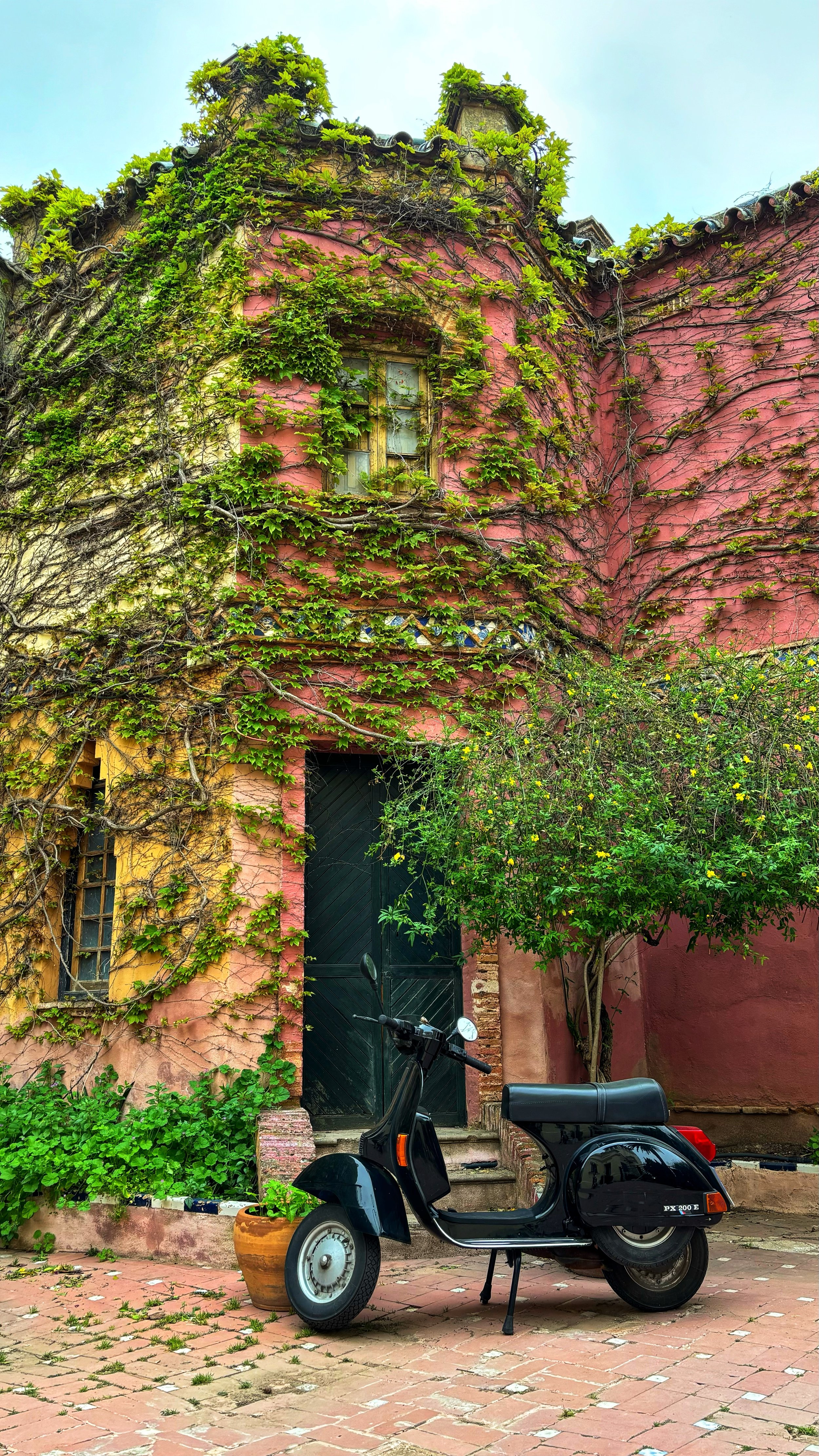
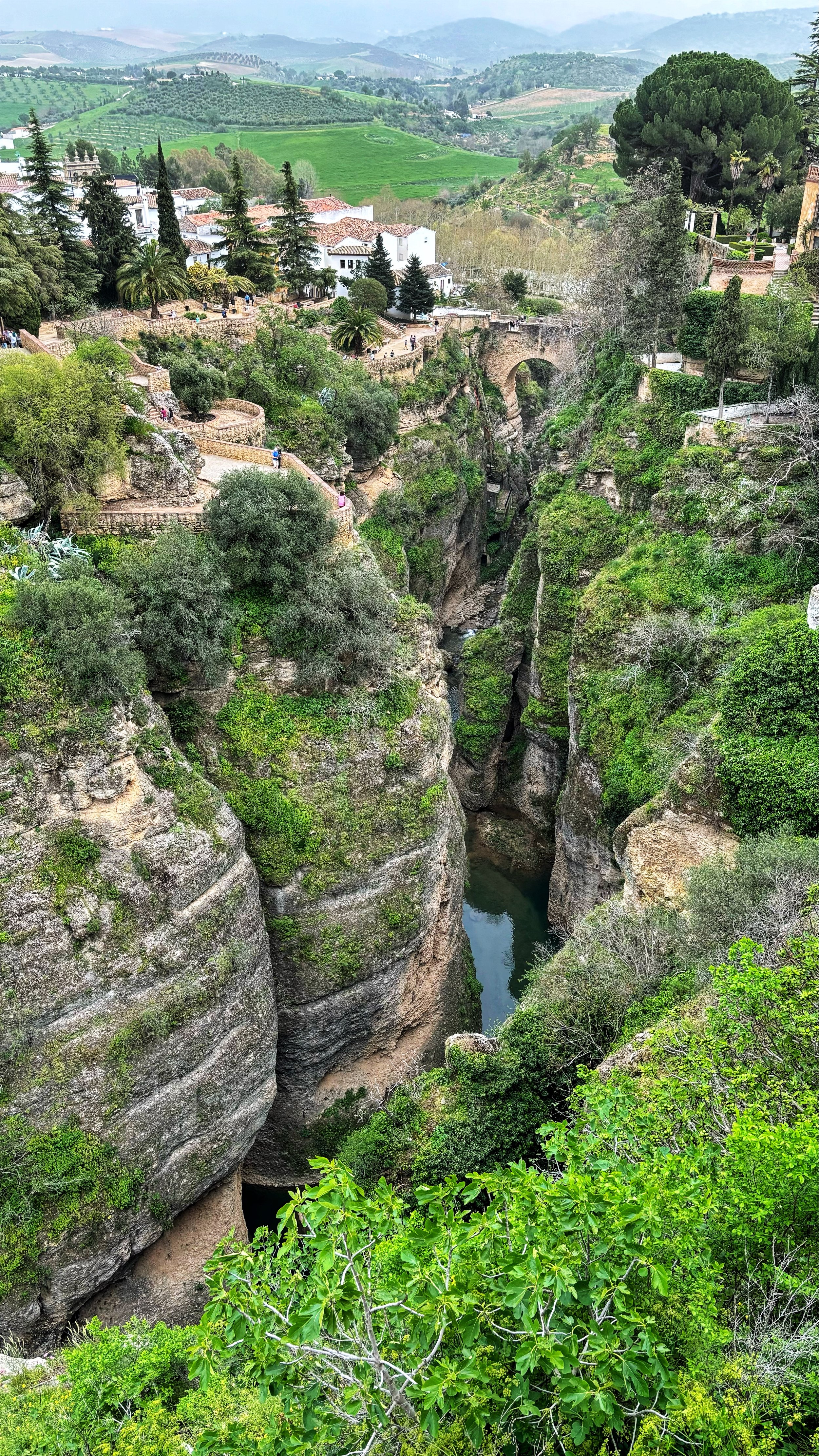


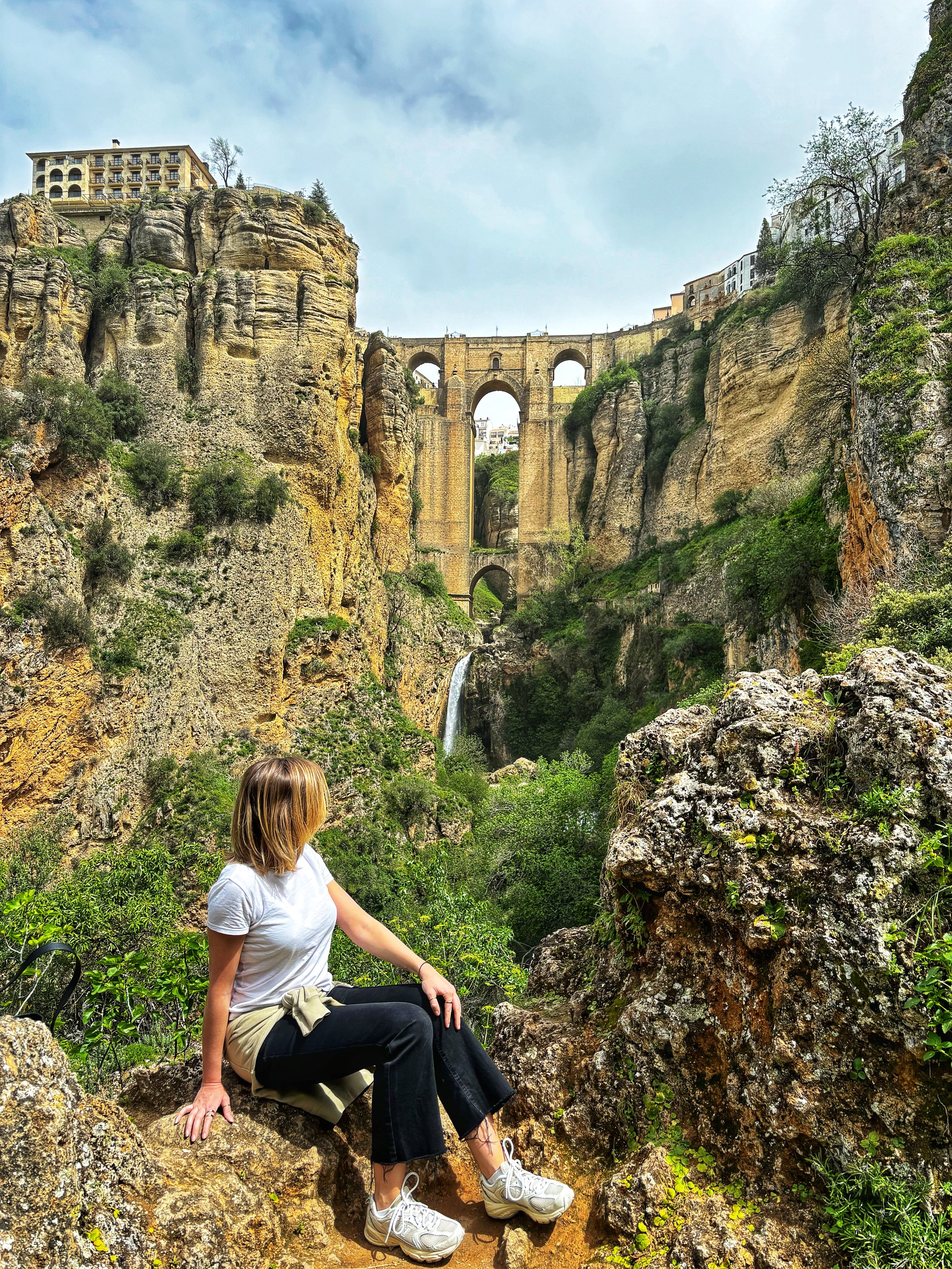


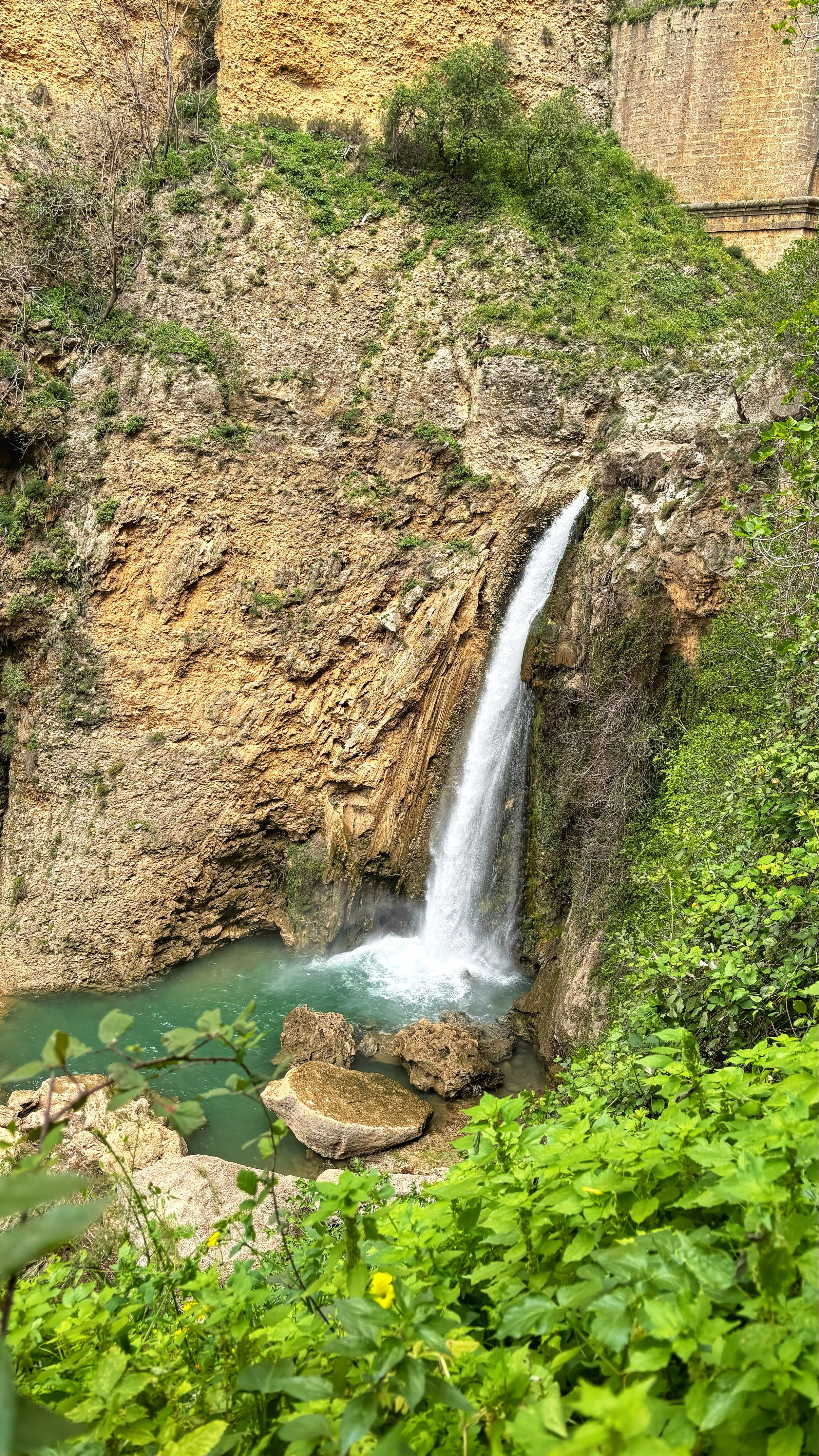
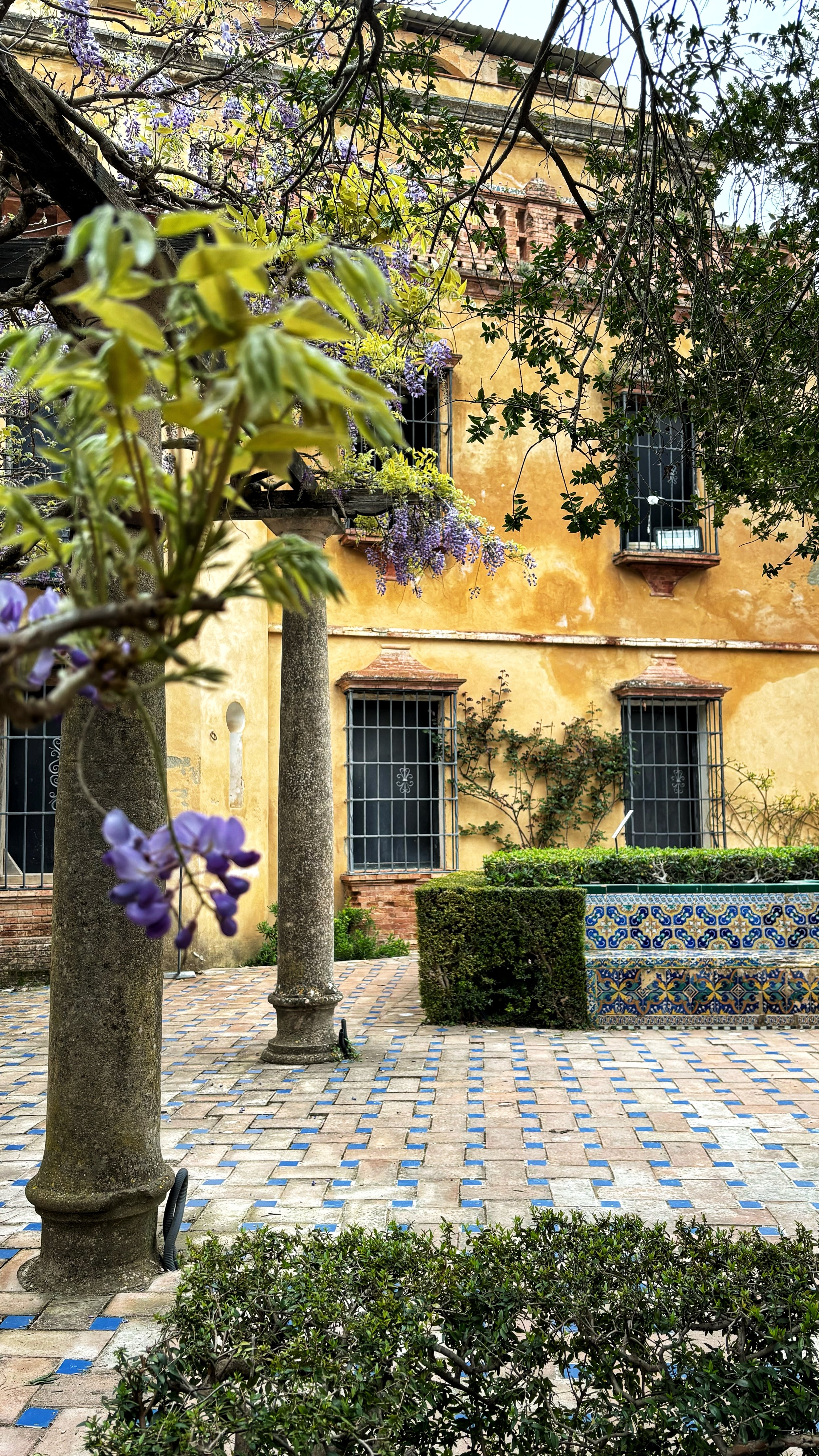
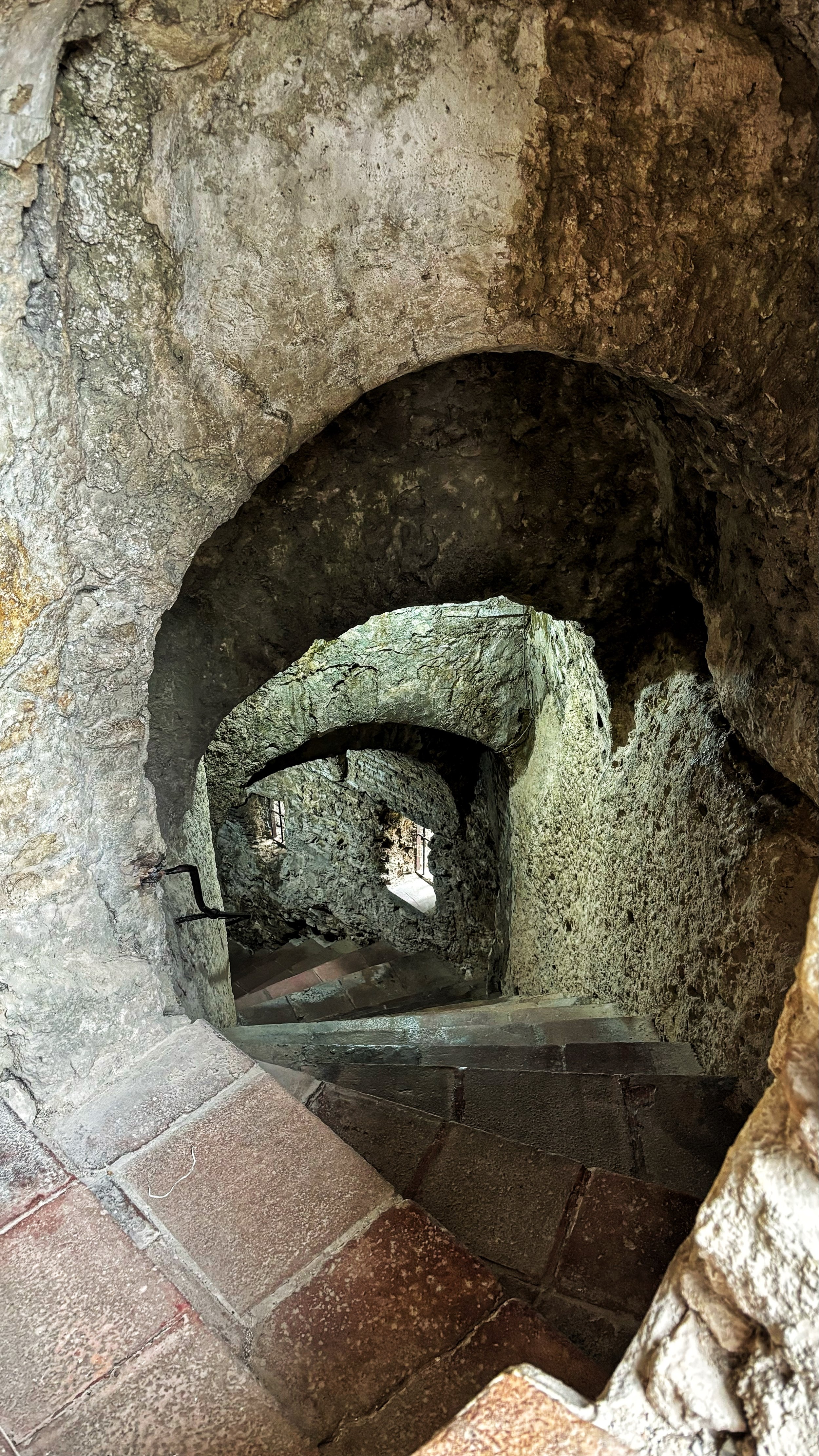
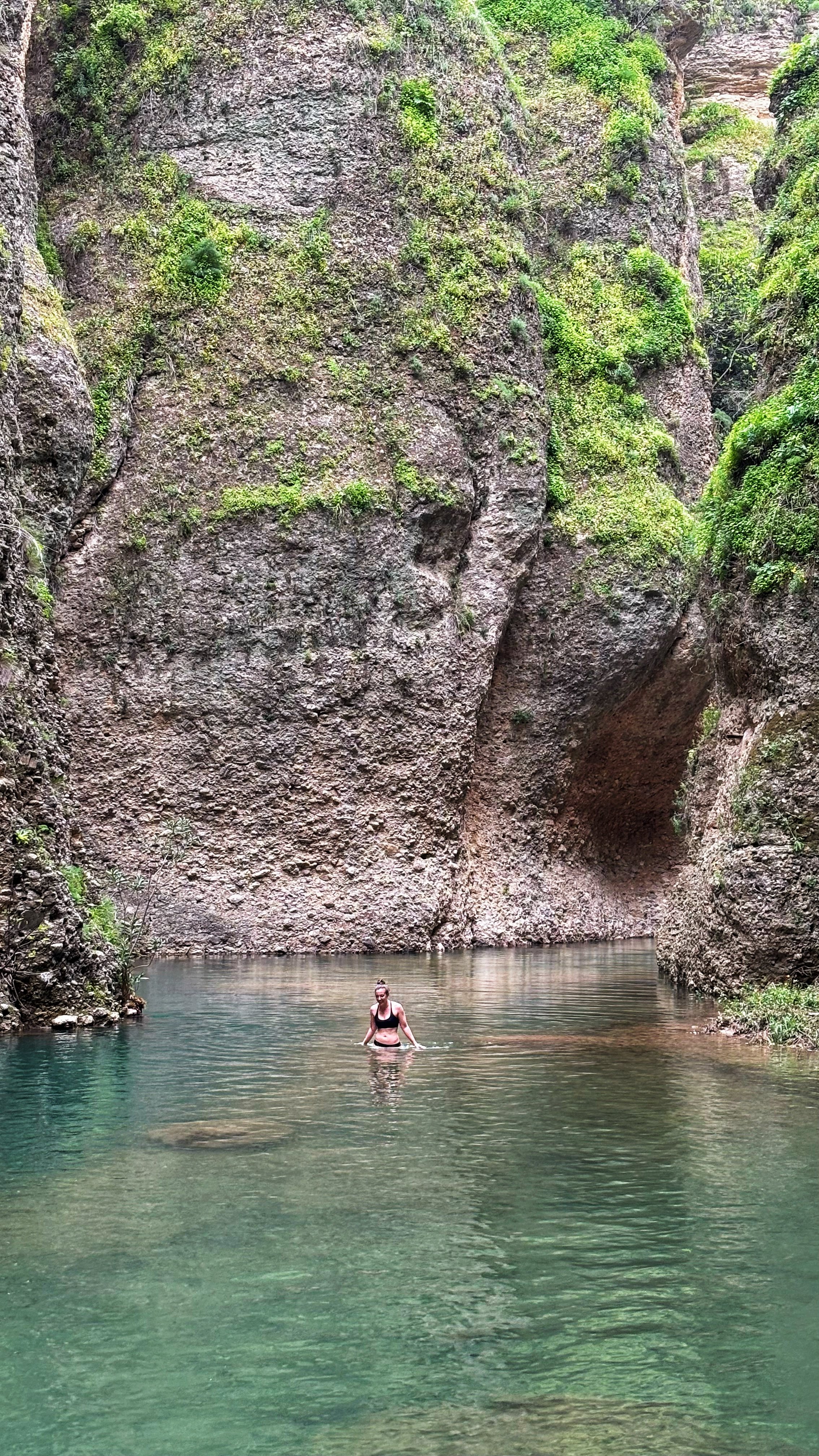
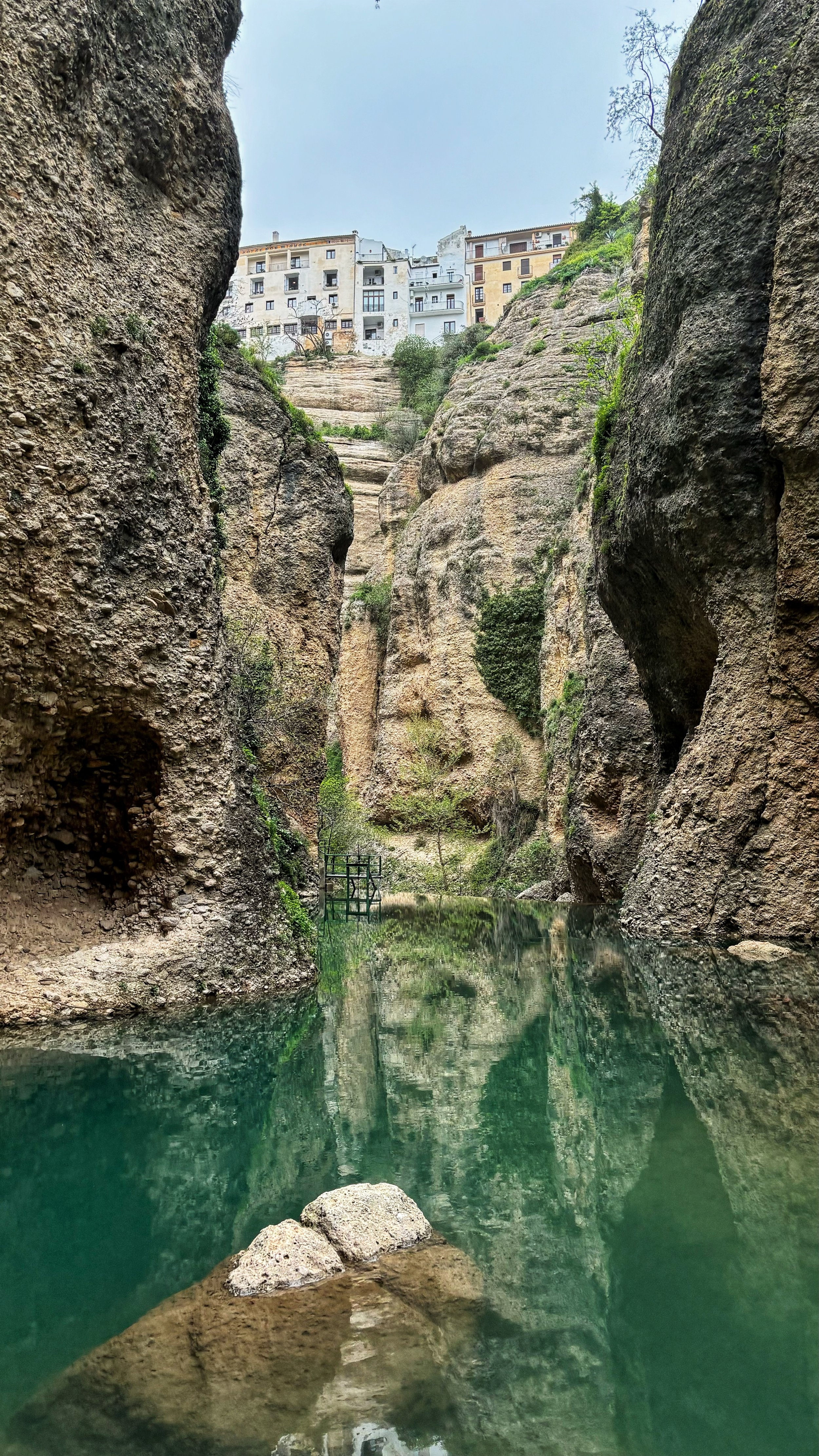







Want to visit one the most cultural hotspots in the south of Spain? Then look no further than Jerez de la Frontera - the birthplace of sherry and the earliest known origin of flamenco. Situated in the Andalusia region less than 50 miles from Seville, Jerez is a charming small city that offers so much to see and do. Whether you’re looking for a day trip or a longer getaway in the south of Spain, Jerez de la Frontera is an ideal location for anyone seeking traditional Spanish culture and charm.